New Hire Justification Letter Template for Your Business
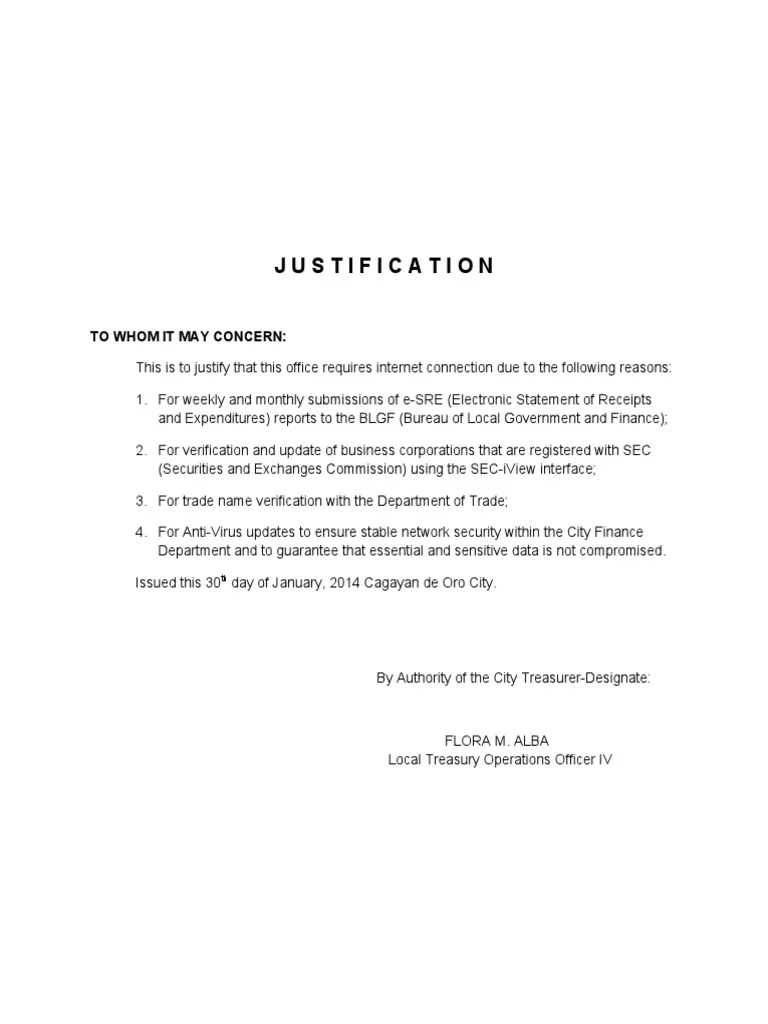
When expanding your team, it’s crucial to present a clear and persuasive explanation for why a particular position is necessary. This communication serves as an essential tool to justify the decision, ensuring that all stakeholders are aligned and informed about the reasoning behind the recruitment process.
By creating a well-structured and professional message, you can address key points such as the need for the role, the expected benefits to the organization, and the value the new team member will bring. This ensures that your request is not only understood but also supported by relevant decision-makers.
It’s important to focus on clarity and precision when drafting such a document, avoiding ambiguity and providing concrete details. A strong narrative can make a significant difference in gaining approval for your staffing needs.
Why You Need a Justification Letter
When expanding your workforce, it’s essential to clearly communicate the reasons behind the decision to bring in additional staff. This document serves as a formal explanation to internal stakeholders, ensuring that there is mutual understanding and alignment regarding the need for the position. Without such a communication, the process can appear rushed or unfounded, potentially leading to confusion or delays in approval.
Aligning Expectations Across the Organization
One of the primary purposes of this document is to ensure that all decision-makers are on the same page. By outlining the role’s specific objectives and expected outcomes, it helps to prevent any misunderstandings about the job’s necessity and its impact on the company’s goals. A well-crafted explanation provides clarity, which is crucial in obtaining the support of those involved in the decision-making process.
Streamlining the Approval Process
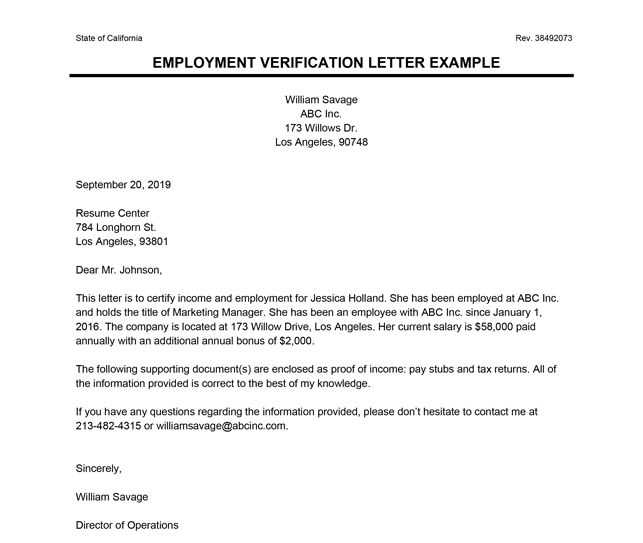
In many organizations, especially larger ones, securing approval for a new position can be a lengthy process. A comprehensive and detailed explanation can expedite this by addressing key concerns and demonstrating how the role will contribute to overall success. It reduces the back-and-forth questioning, making it easier for senior management or HR departments to make an informed decision.
Key Elements of an Effective Template
An impactful document aimed at securing approval for a position should contain specific information that clearly communicates the purpose and value of the role. Each section must be structured logically, ensuring that the reader can easily understand the reasoning behind the request and the expected benefits it will bring to the organization.
Clear Role Description and Responsibilities
The first section should provide a detailed description of the position, outlining the main duties and the skills required. This helps stakeholders grasp the scope of the role and how it will integrate with existing teams. Be sure to highlight key responsibilities and demonstrate how they align with the company’s objectives and growth plans.
Justification for the Role and Business Impact
Next, it’s essential to explain why the position is necessary. Emphasize the challenges the company is facing and how filling this role will address those issues. Make sure to include measurable outcomes that the organization expects to achieve, such as improving efficiency, supporting new initiatives, or filling a critical skills gap.
How to Tailor the Letter to Your Needs
Customizing your communication to fit the specific requirements of your organization is essential for ensuring that it resonates with the intended audience. Each business has unique goals, challenges, and priorities, and your document should reflect that by addressing these aspects in a way that highlights the relevance of the position. A personalized approach demonstrates thoughtfulness and ensures that your request stands out as both relevant and well-considered.
Start by aligning the content with the particular context of your company’s current needs. If you’re expanding into a new market, focus on how the role supports that growth. If the need is driven by a specific project or operational gap, clearly outline how the position will fill that void. Use language that is specific to your industry or department to make the argument more compelling and relatable.
Common Mistakes to Avoid When Writing
When drafting a document to support the need for a new team member, it’s easy to make errors that could undermine the clarity and effectiveness of your message. Avoiding these common mistakes will ensure that your communication is professional, convincing, and well-received by decision-makers.
Lack of Clarity and Specificity
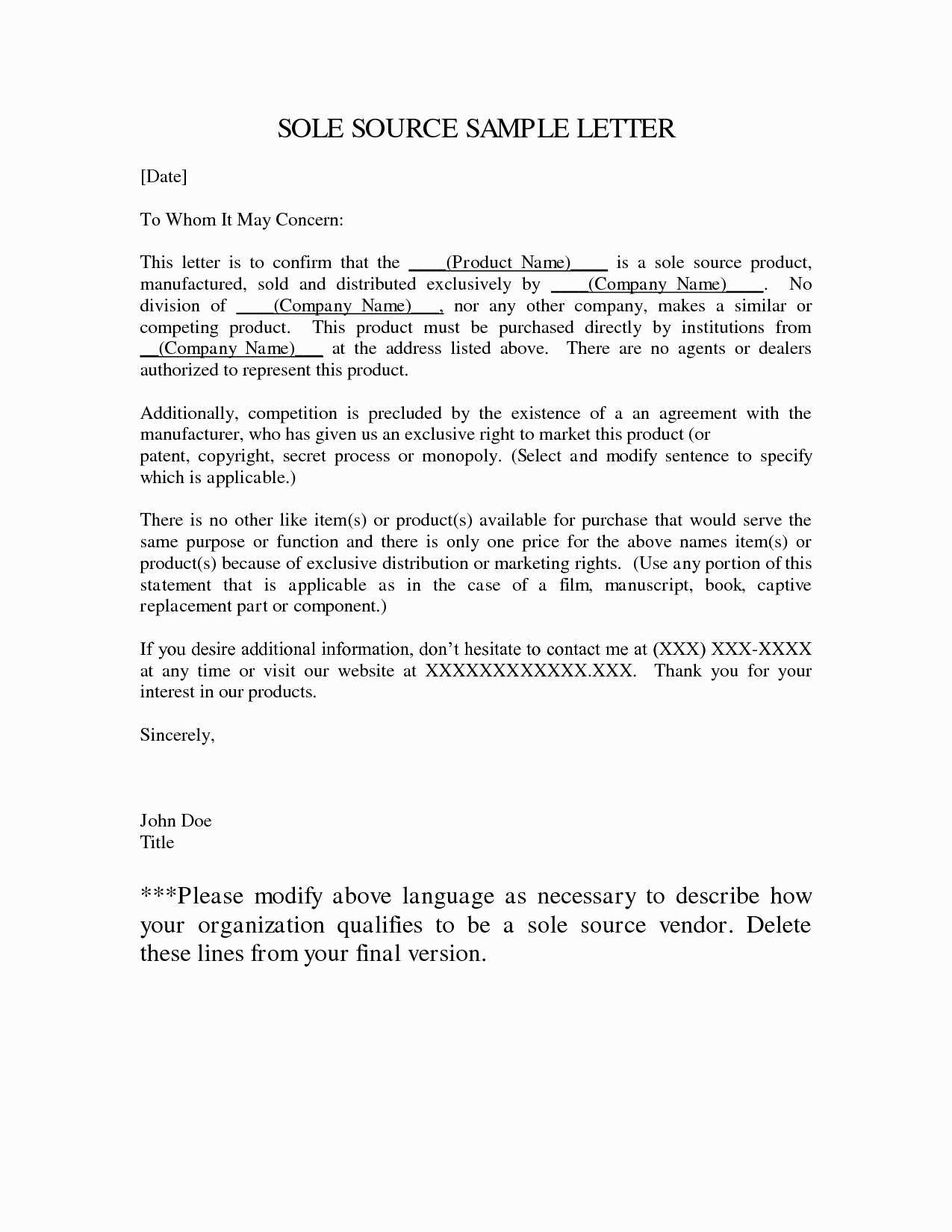
One of the biggest pitfalls is being vague or general in your reasoning. A well-written document should provide clear, specific details that demonstrate the value and necessity of the role. Avoid these issues:
- Failing to clearly explain the role’s purpose.
- Not addressing how the position supports key organizational goals.
- Using ambiguous language that leaves room for interpretation.
Overloading with Irrelevant Information
While it’s important to provide enough context, it’s equally crucial to stay focused on the most relevant points. Here are a few things to avoid:
- Including unnecessary background information that doesn’t add value.
- Getting sidetracked by unrelated aspects of the hiring process.
- Providing excessive details about the job description that aren’t relevant to the approval process.
How to Communicate the Rationale Clearly
Effectively conveying the reasoning behind a staffing decision is crucial for gaining approval. A clear and logical explanation helps decision-makers quickly grasp the need for the role and its expected impact on the organization. Your communication should be structured in a way that removes any ambiguity, allowing the reader to understand exactly why the position is essential.
Focus on Key Benefits
Start by emphasizing the direct benefits the company will gain from adding the role. Highlight how the position aligns with business goals and contributes to growth. Avoid getting lost in excessive details and stay focused on outcomes that matter most.
- Increased productivity or efficiency.
- Filling a critical skills gap.
- Supporting new projects or initiatives.
Use Data and Examples
Whenever possible, back up your reasoning with data or examples that support your claim. Numbers and tangible outcomes make your case stronger and more credible.
- Provide examples of challenges the team is facing due to lack of resources.
- Use performance metrics or benchmarks to show the need for additional support.
- Share case studies or industry trends that demonstrate the success of similar positions in other organizations.
Legal and Ethical Considerations in Justification
When advocating for the addition of a new role, it is important to consider both legal and ethical factors that could impact the process. Ensuring that the decision is not only justified but also compliant with relevant regulations is essential. This section will guide you through the key aspects to keep in mind while drafting your communication.
Legal Requirements
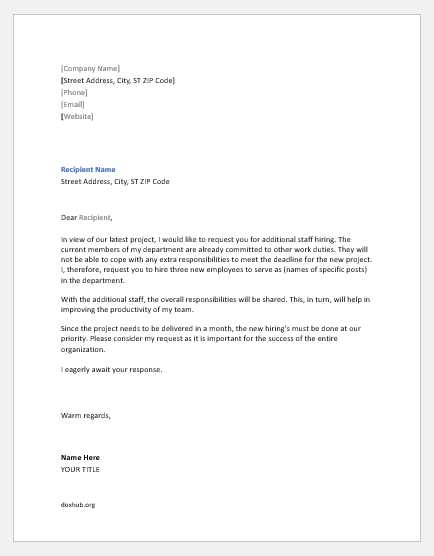
There are several legal considerations to keep in mind when requesting approval for a new position. These include compliance with labor laws, equal opportunity regulations, and anti-discrimination policies. Ensuring that your request adheres to these guidelines helps prevent legal issues down the road.
| Legal Aspect | Explanation |
|---|---|
| Labor Laws | Ensure that the role complies with wage, working hour, and contract laws. |
| Equal Opportunity | Make sure that the role adheres to policies regarding non-discrimination based on race, gender, or other factors. |
| Job Classification | Ensure the position is accurately classified in terms of exempt or non-exempt status. |
Ethical Considerations
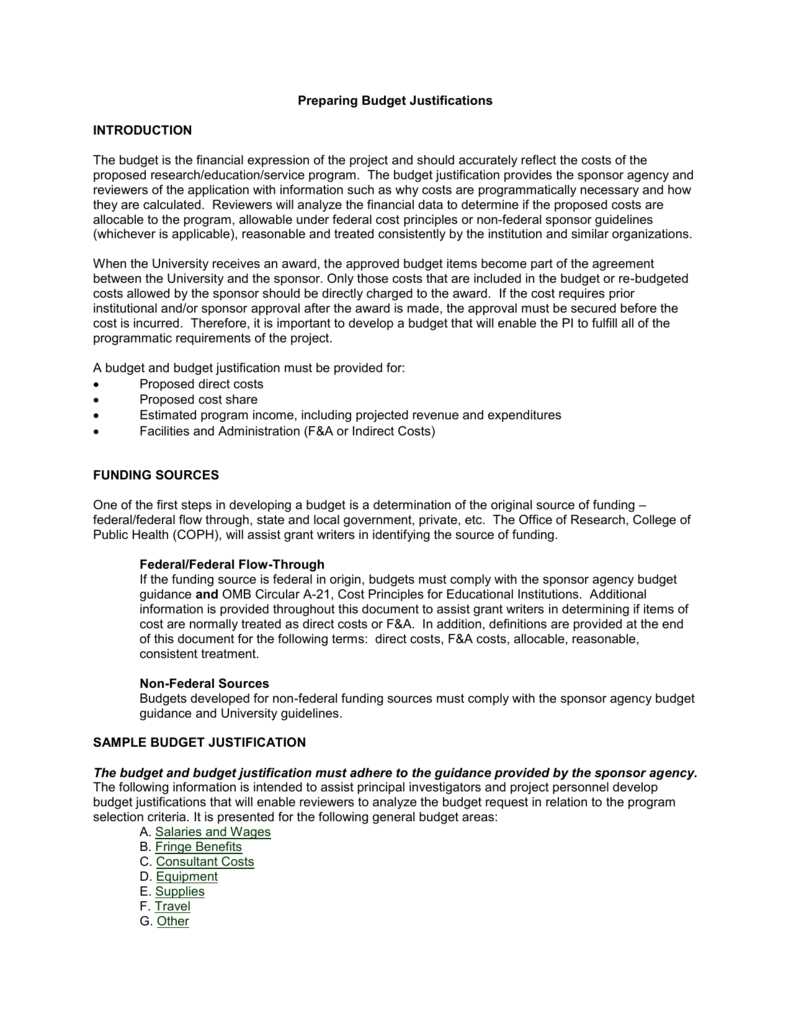
Ethically, transparency and fairness are crucial when proposing a new position. Make sure that the reasoning is honest and clearly articulated, avoiding any form of favoritism or bias. This helps maintain trust and fairness within the organization.